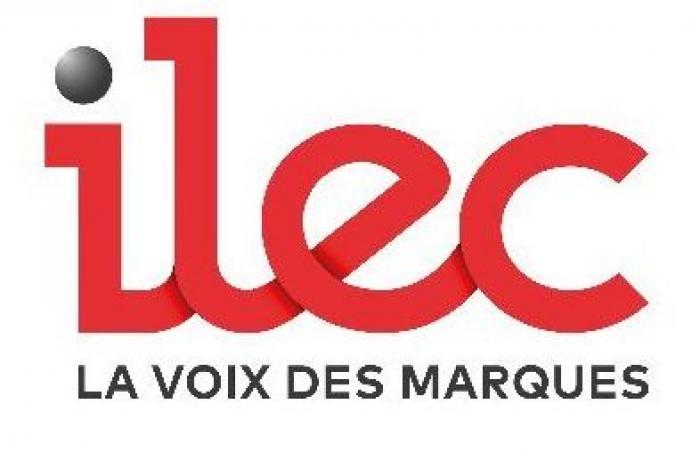Demand prices for everyday products continued to fall over one month in October, and over one year the drop is 0.8%.
Considered over a month, the price trend in an all FMCG scope was a decline of 0.3% (same in food), according to Circana's economic report on demand prices¹ for a “period 10” covering the end of September and the beginning of October²: a fourteenth drop since September 2023. This drop of 0.3% concerned almost supermarkets such as hypermarkets, drive-thrus and convenience stores. It was hardly different between national brands and private labels, respectively – 0.4% versus – 0.1% in food, and – 0.6 versus – 0.2% in the hygiene categories. beauty and maintenance. Prices have fallen for brands and private labels in all food categories except sweet groceries. The strongest declines were recorded by brands in hygiene and maintenance products.
One year apart, FMCG prices recorded a drop of 0.8%, bringing cumulative inflation over two years to less than 10% (8.3%) for the first time. The drop over one year is 1.1% in hypermarkets, 0.8% in supermarkets and drives, and 0.3% in convenience stores. It is 0.6% in food and 2.9% in DPH. The gap between brands and MDD stands at 0.2 additional deflation points for brands. The change in demand prices over one year is negative in all categories, apart from sweet groceries and BRSA (+0.9 and +0.7%), with hygiene products at -3 %, and maintenance at – 2.9%, categories where the deflationary trend is the strongest.
For its part, INSEE estimates for October, in perimeters different from that of Circana (and a supply price statement), at + 0.6% over one year the evolution of food prices, a tenth more than in September, while the all-sector CPI inflation index is stable at 1.2%.
The difference in average prices between brands (national brands alone in hypermarkets and supermarkets over a rolling year) is approximately stable in this “P10” Circana 2024, at 20.9 points.
1. So-called demand method: prices correspond to actual sales by category; they reflect both the price of each item and consumers' arbitrage between items in the category and between circuits.
2. “Last price paid per day over the last two weeks”.
SOURCE: ILEC – The Voice of Brands.






